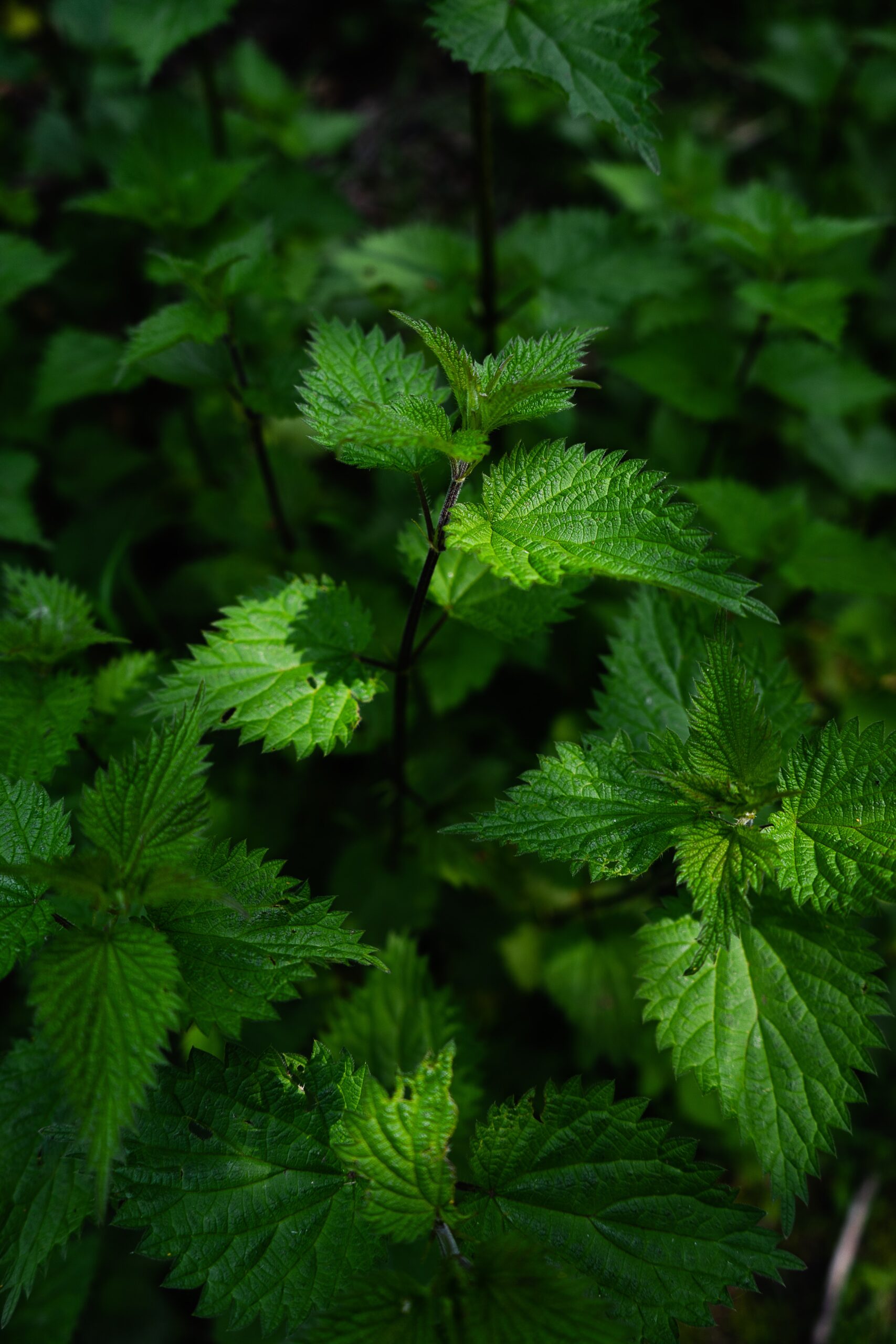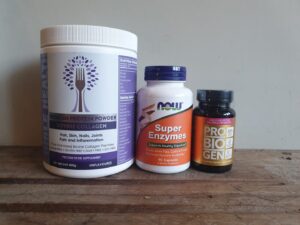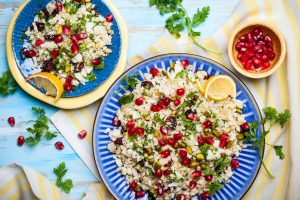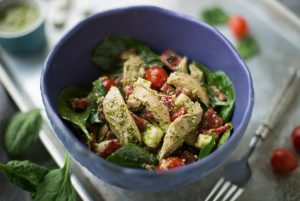One of the reasons I became interested in foraging, which is now one of my favourite hobbies, was because I read about the incredible nutrient-density of wild plants.
Wild edibles tend to contain more beneficial micronutrients on a per-weight basis than cultivated foods. This is because modern cultivated foods have been selected over many hundreds of years to be bigger, sweeter etc, as well as being grown on soil that is becoming ever more depleted of micronutrients.
Additionally, foraging for wild foods means you often eat them on the day you pick them, whereas cultivated foods are generally a few days old by the time we consume them, and nutrients have been lost during the transportation and storage periods.
As I have written about already, modern diets lack nutrients: refined sugars and vegetable oils are devoid of most nutrients, but represent 36% of calories consumed in a typical diet in the United States for example. Even a moderate level of nutrient deficiency is considered a risk factor for a broad range of chronic degenerative diseases.
During this month I have been trying to optimise my nutrition – eating a low-ish carb, anti-inflammatory diet without grains or gluten, and aiming for 6-9 portions of fruit and vegetables every day. Even eating this way, when I have tracked my micronutrients using the Cronometer app, I have still been low in certain hard to get micronutrients.
Adding in wild foods daily, especially wild greens, can give us a boost in some hard to get micronutrients.
There are hundreds of wild edibles, but I am going to write about just a couple of common ones, as most of you will know what they are:
- Nettles
- Dandelions
I compared cooked nettles(you can’t eat them raw because of the stinging leaves) and raw dandelions with raw spinach and watercress (two of the most nutrient-dense cultivated greens).
According to Cronometer (which has nettles and dandelions listed), the wild plants are much higher in fibre with 3.5 and 6.9g per 100g, compared to 2.2 and 0.5g in the spinach and watercress.
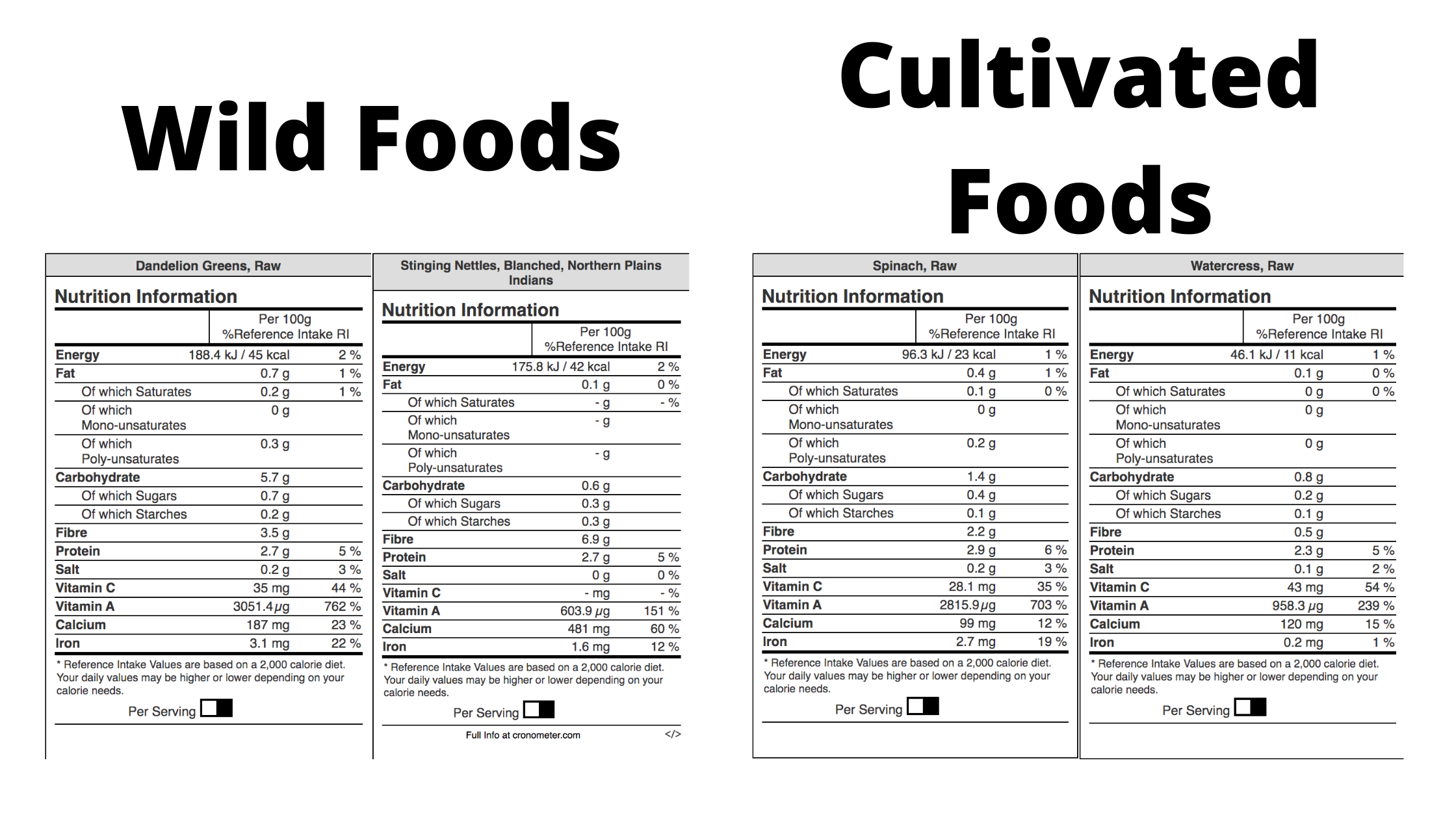
Watercress wins on the amount of vitamin C it contains, although nettles don’t have an amount listed, probably because it is destroyed during cooking. Dandelion greens have the highest amount of vitamin A.
Although all of the plants contain some iron (with dandelions having the most), it is unlikely that it is very bioavailable. Iron can be found in different forms in food. In meat, iron is commonly found in the form of haem iron, which is easily absorbed in the body. In vegetables, on the other hand, the iron content is non-haem iron. This isn’t absorbed as easily by the body.
Part of the reason so little of the iron in spinach is absorbed when we eat it is the other compounds present. For a time, it was thought that the high oxalic acid content of spinach played a part. More recent studies have suggested that this isn’t the case. Instead, it’s now thought that the polyphenolic compounds found in spinach are responsible. They reduce the amount of iron available for absorption by binding to it and forming insoluble compounds.

This could well be true of the wild plants too.
Calcium bioavailability from plant foods is affected by their contents of oxalate and phytate, two naturally occurring compounds which interfere with the absorption of calcium. (Dairy foods contain neither.)
In general, the higher the oxalic acid content of a food, the lower the rate of calcium absorption. So when you hear that a plant is high in calcium, you need to also look at whether it is high in oxalates or phytates too.
Whilst spinach is high in oxalates (making its calcium unavailable), nettles are low in oxalates, so their high calcium content of 481 mg / 100g most likely does make them a good source of calcium.
If you avoid dairy, it can be hard to get enough calcium in your diet (tinned fish with the bones are one of the best sources), but including wild plants like nettles is another good strategy.
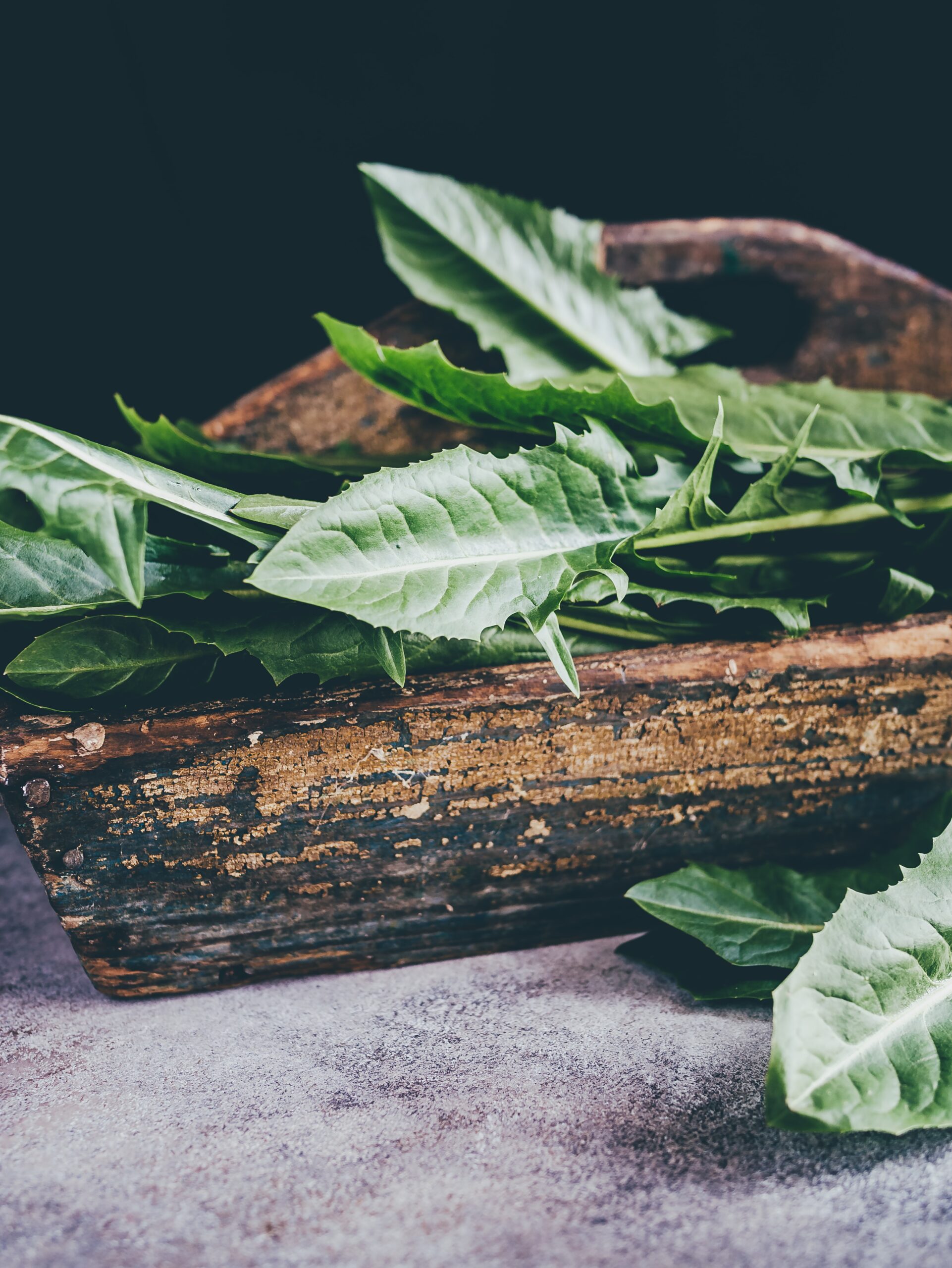
As well as the vitamins and minerals we are all familiar with, wild plants also contain a huge number of other beneficial compounds including antioxidants, tannins, polyphenols, and carotenoids. Including wild plants also means you increase the diversity of your diet.
I’m also convinced that eating wild plants increases the amount of beneficial bacteria and prebiotic fibres you are exposed to which should have a positive effect on your gut health.
Until tomorrow,
Chloe x
About Me
Hello, I’m Chloe. I’m a nutrition and health coach and I’m on a mission to inspire & support women so they can go from feeling fatigued to feeling fabulous!

I help women who are FED up of being overweight, addicted to sugar and feeling tired ALL THE TIME to lose weight and optimise their health by fixing hormonal, digestive, autoimmune and energy issues.
My step-by-step programme, Revitalise, will help you lose weight, get back your energy, restore vitality and create lifelong health using the power of beautiful & delicious REAL FOOD.

I’m here to make it easy for you to eat healthy, delicious food without counting calories or feeling deprived. You’ll reset your relationship with food, shift your mindset and build new habits for a complete health transformation!
Disclaimer: All information provided is for informational purposes only, and is not to be construed as medical advice or instruction. Please consult your GP or a qualified health professional on any matters regarding your health and wellbeing. I am a nutritional educator and do not dispense medical advice nor prescribe treatment. While nutritional support can be an important complement to your medical care, a nutritional therapy program is not a substitute for the diagnosis, treatment, or care of a disease, illness, or injury by a medical provider. Nutritional evaluations and lifestyle assessments are not intended for the diagnoses of disease.
Disclaimer: chloearchard.com is a participant in the Amazon EU Associates Programme, an affiliate advertising programme designed to provide a means for sites to earn advertising fees by advertising and linking to Amazon.co.uk. Buying through our affiliate links does not cost you anything but helps us keep this website up and running. Thank you!
All information provided within this blog post is for informational purposes only, and is not to be construed as medical advice or instruction. Please consult your GP or a qualified health professional on any matters regarding your health and wellbeing or on any opinions expressed within this blog post. The information provided in this blog post is believed to be accurate based on the best judgment of the author. However, you as the reader must be responsible for consulting with your own GP or other health professional on matters raised within. chloearchard.com will not accept responsibility for the actions or consequential results of any action taken by any reader.
The material in this blog post may include information, products or services by third parties. Third Party Materials comprise of the products and opinions expressed by their owners. As such, chloearchard.com does not assume responsibility or liability for any Third Party material or opinions. The publication of such Third Party Materials does not constitute our guarantee of any information, instruction, opinion, products or services contained within the Third Party Material. Publication of such Third Party Material is simply a recommendation and an expression of our own opinion of that material.
